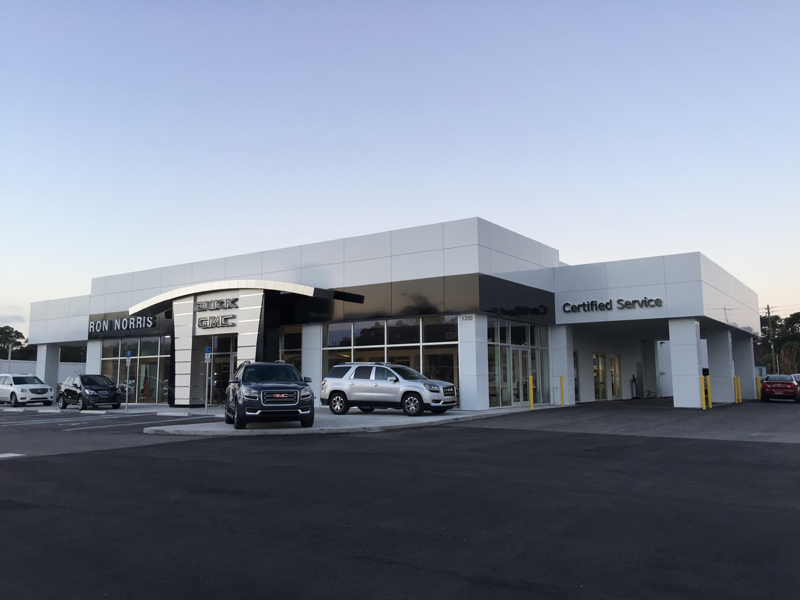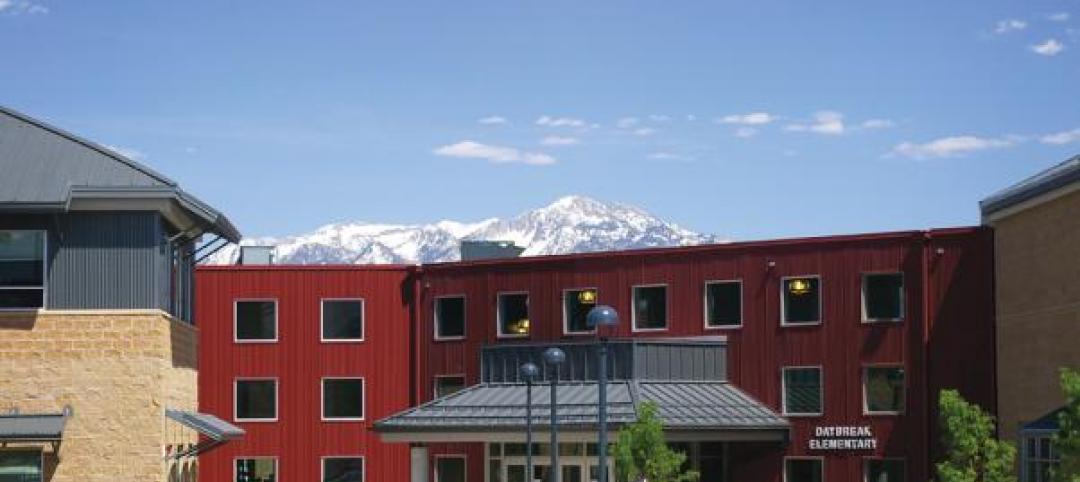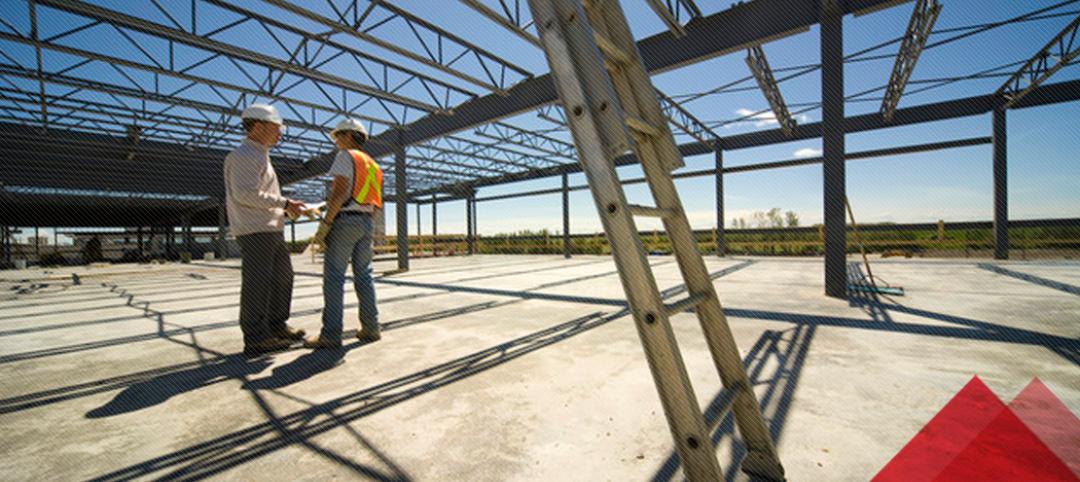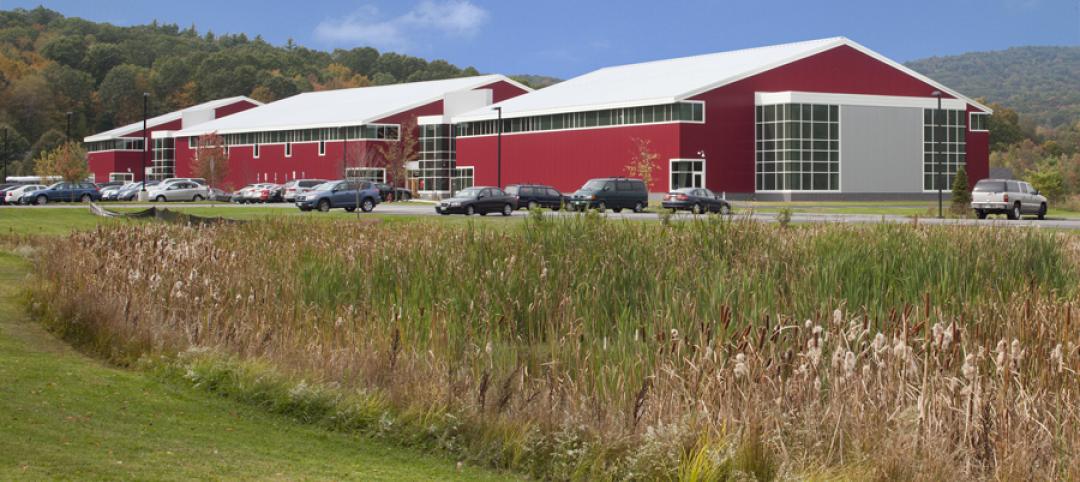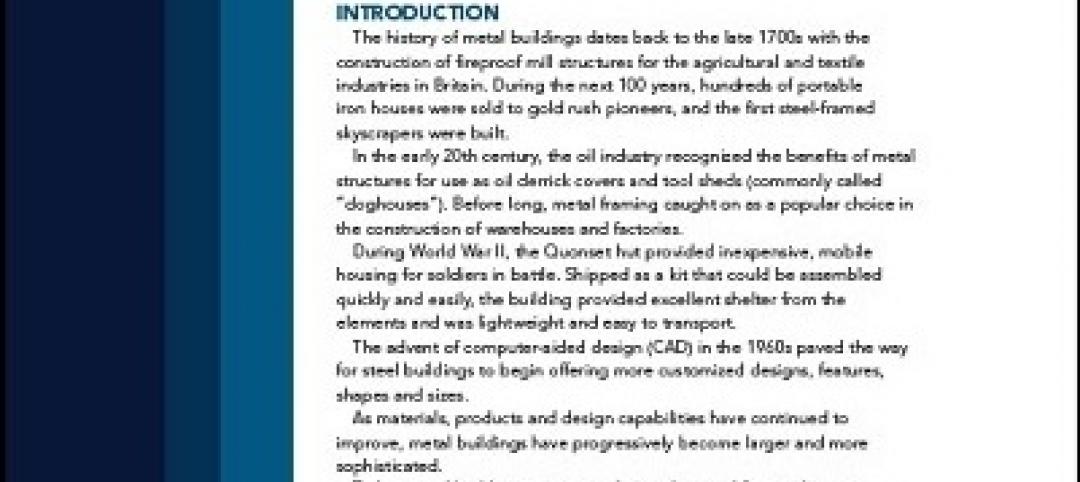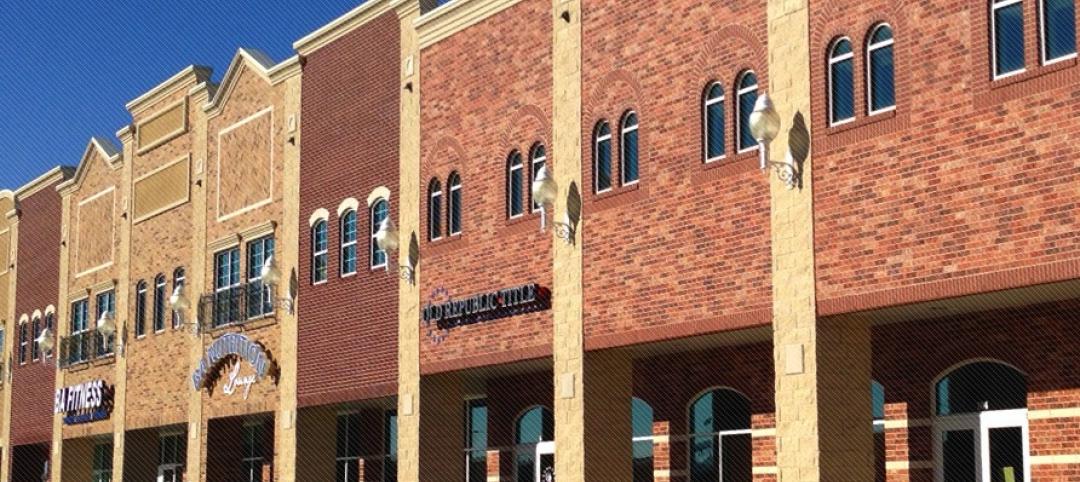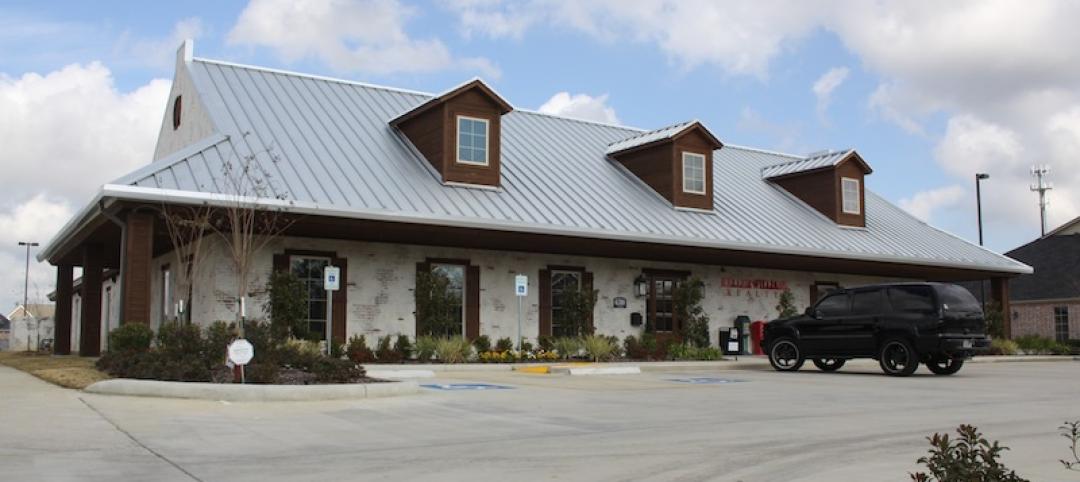Sometimes it can be tricky to expand your place of business and stay in business at the same time. It helps to have a little extra land, and to choose a fast, efficient metal building system from Star Buildings.
The Norris car dealership is a family-owned business with a nearly half-century tradition serving the city of Titusville, FL. It’s a city that has bounced back from the brink. The local workforce was deeply involved in NASA’s Space Shuttle program, and the city was hard-hit economically when the program ended in 2011, in addition to suffering from the overall economic recession. But things are getting better, and the Norris family thought it was time to re-invest in Titusville.
“Part of the advantage of a family business is that we’re focused on 30 years down the road. That’s part of the reason I wanted to build these buildings,” explains third-generation owner Josh Norris. “This was a ground-up renovation that we thought was important for the future of our three-generation family business. We’re looking forward to 30 or 40 more years of having a facility to serve our community, and how could you predict that times will ever be better to build than right now? Interest rates are low, the economy is going up, and signs are that it will keep going up. It just makes sense.”
Their dealership is a type that is not uncommon in smaller markets: it’s two dealerships – Honda and Buick/GMC in this case – that were sharing a single lot and a service center. The triangular, 6-acre parcel of land actually included multiple buildings, several smaller concrete block structures, and a large metal building that housed the combined showroom. Seventeen service bays were spread out in different structures.
Norris decided to build two metal buildings on the grounds, on the advice of general contractor Rush Construction, and the job went to Star Buildings’ builder, Allegiance Contracting, Inc., located in nearby Melbourne, FL.
Allegiance owner, Jane Lindsey, describes it as a very exciting project for her, because she was directly involved with the architects and the general contractor from the design stage onward.
Lindsey’s involvement was key to getting the project built correctly. “There were issues they were trying to deal with that would be important during construction that I could assist with,” said Lindsey. For example, the large expanse of glass across the front restricted the depth of the steel columns, which put more steel overhead.
The two buildings, with a combined footprint of almost 35,000 sf, were built largely simultaneously. The plan was to build the smaller structure, move Buick/GMC operations into it, and continue to sell Honda out of the old building while the new Honda dealership was under construction.
Lindsey realized she could gain efficiency by overlapping the construction schedules. “If one job was waiting for something, we could jump over and work on the other building,” she said. The Buick/GMC building was started first, and took 12 weeks to build. The Honda building began soon afterwards, and took 16 weeks.
Despite the fact that each building had a different architect, “with Rush Construction, I was under one contract for both buildings,” explains Lindsey.
She was onsite every day there was activity with the metal building systems.
Being able to alternate work between the two buildings gave Lindsey flexibility to pick up the slack during delays, and to handle the formidable task of coordinating the various construction entities on the job.
“There was a lot of coordination with other trades,” recalls Lindsey. “For example, we had to work closely with the mechanical contractor because of where his curbs would be located, and the bracing for the curbs. The Honda building has 11 different RTU’s (roof top units), and the Buick building has nine. We had a number of meetings on site with him to make sure that when he ran his ductwork, the bracing for the units was exactly where it needed to be.”
The two buildings were architecturally distinct projects, both benefitting from Star Building’s compatibility with a wide range of architectural styles. Norris was able to upgrade their business for a much more modern look to match their improved operational abilities. The Honda dealership features the Honda Generation III design, and the Buick/GMC dealership sports Buick’s latest design image package.
The rears of the buildings, where the service areas are located, feature PBR panel walls. The roof is a Double-Lock standing seam roofing system.
“One of the reasons I was awarded the project,” states Lindsey, “is that I was able to offer the owner the twenty-year, single source, no dollar limit weather tightness warranty. The roof system, the HVAC curbs, it was all single source; they all came through NCI, parent company of Star Buildings. They warranty the roof system to be weather tight.

“Our old metal building lasted us almost 50 years,” reflects Josh Norris. “But now we have much more modern high ceilings. In the old one, we had a trailer enclosed in the building as our office. The new Buick store has an air-conditioned second floor for IT, records, and office space. Honda has a second floor for parts storage.”
Norris has also noticed the increased energy efficiency of his new dealerships. “I’ve been very impressed with our utility bills, they’ve gone down significantly. We have a 50,000-sf store across town. The new stores’ utility bills typically run about half of the one across town.”
The new dealerships have made a difference to the community as a whole. “There were articles in the local paper about how good the projects were for the community,” recalls Lindsey. “It’s put new life into the city of Titusville.”
“In Titusville, we’re slow to spend money if you don’t have to. But right now, we are definitely enjoying the benefits of our area. It’s growing. Now was the time to make this change,” concurs Josh Norris about the effect of the project. “The community has definitely shown appreciation for our development downtown. One of the first customers we had was the mayor, who was appreciative of our helping develop the downtown area.”
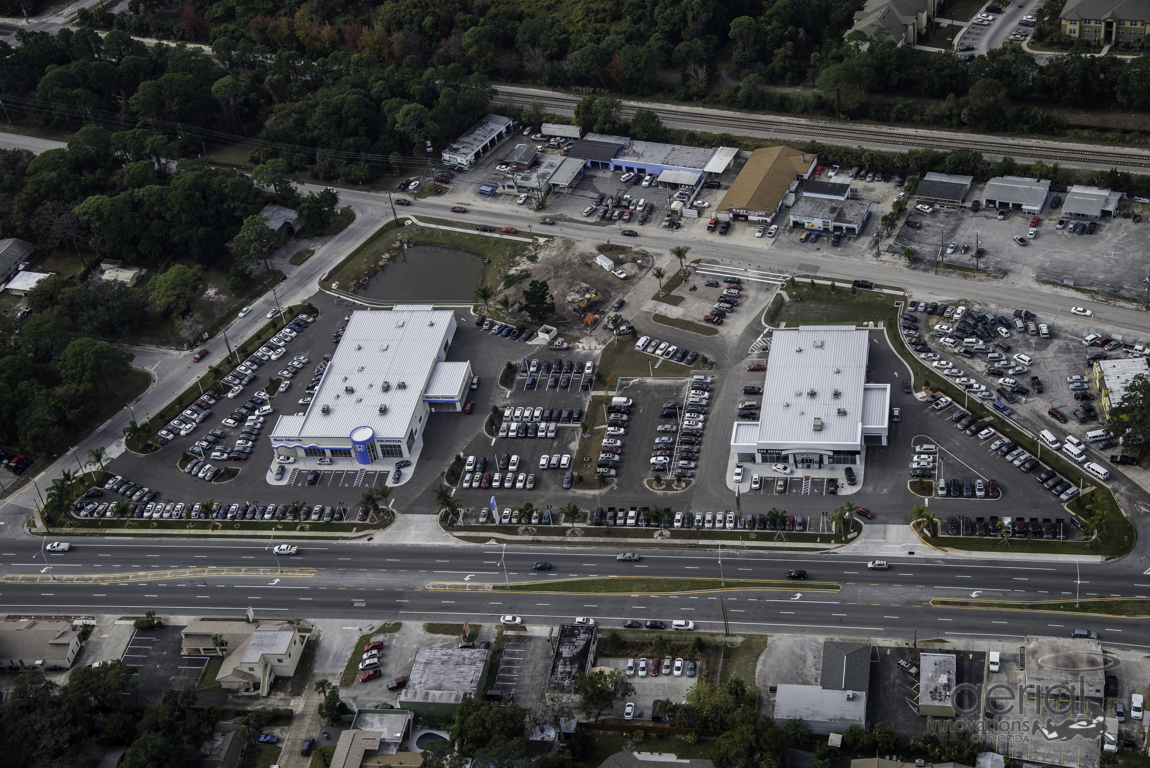
Ron Norris Honda:
Erector: Pre-Engineered Steel, Inc
Architect: Craig Suman
Structural Engineer: CEG Structural, Tom Adams
Ron Norris Buick-GMC:
Erector: Pre-Engineered Steel, Inc
Architect: Michael A. Penny
Structural Engineer: CEG Structural, Tom Adams
Related Stories
| Feb 19, 2014
AIA class: The ABCs of IMPs – How to design and build with insulated metal panels
This AIA/CES class offers insight in areas including policies and codes surrounding insulated metal panels, contributions from LEED and tax credits, energy modeling, and business development opportunities available with IMPs. Take this course and earn 1.0 AIA LU/HSW/SD.
| Feb 13, 2014
Why you should start with a builder
They say the best way to eat an elephant is one bite at a time. Expanding your building or constructing a new structure for your business, church, or school isn’t all that different. Attacking it is best done in small, deliberate pieces.
| Feb 6, 2014
New Hampshire metal building awes visitors
Visitors to the Keene Family YMCA in New Hampshire are often surprised by what they encounter. Liz Coppola calls it the “wow factor.” “Literally, there’s jaw dropping,” says Coppola, director of financial and program development for the Keene Family YMCA.
| Feb 5, 2014
CENTRIA Redefines Coating System with Versacor® Elite
The Versacor Elite Coating System is a premium metal coating system that provides the highest level of protection in the harshest climatic or environmental conditions.
| Jan 30, 2014
What to expect in the metal building industry in 2014
Every year brings changes. This one won’t be any different. We’ll see growth in some areas, declines in others. Here’s a little preview of what we’ll be writing about 2014 when 2015 comes rolling in.
| Jan 28, 2014
White Paper: How metal buildings deliver long-term value to schools
A new white paper from Star Building Systems outlines the benefits of metal buildings for public and private school building projects.
| Jan 23, 2014
Think you can recognize a metal building from the outside?
What looks like brick, stucco or wood on the outside could actually be a metal building. Metal is no longer easily detectable. It’s gotten sneakier visually. And a great example of that is the Madison Square retail center in Norman, Okla.
| Jan 13, 2014
Custom exterior fabricator A. Zahner unveils free façade design software for architects
The web-based tool uses the company's factory floor like "a massive rapid prototype machine,” allowing designers to manipulate designs on the fly based on cost and other factors, according to CEO/President Bill Zahner.
| Dec 16, 2013
Is the metal building industry in a technology shift?
Automation is the future you can’t avoid, though you may try. Even within the metal building industry—which is made up of skilled tradesmen—automation has revolutionized, and will continue revolutionizing, how we work.
| Dec 10, 2013
16 great solutions for architects, engineers, and contractors
From a crowd-funded smart shovel to a why-didn’t-someone-do-this-sooner scheme for managing traffic in public restrooms, these ideas are noteworthy for creative problem-solving. Here are some of the most intriguing innovations the BD+C community has brought to our attention this year.


